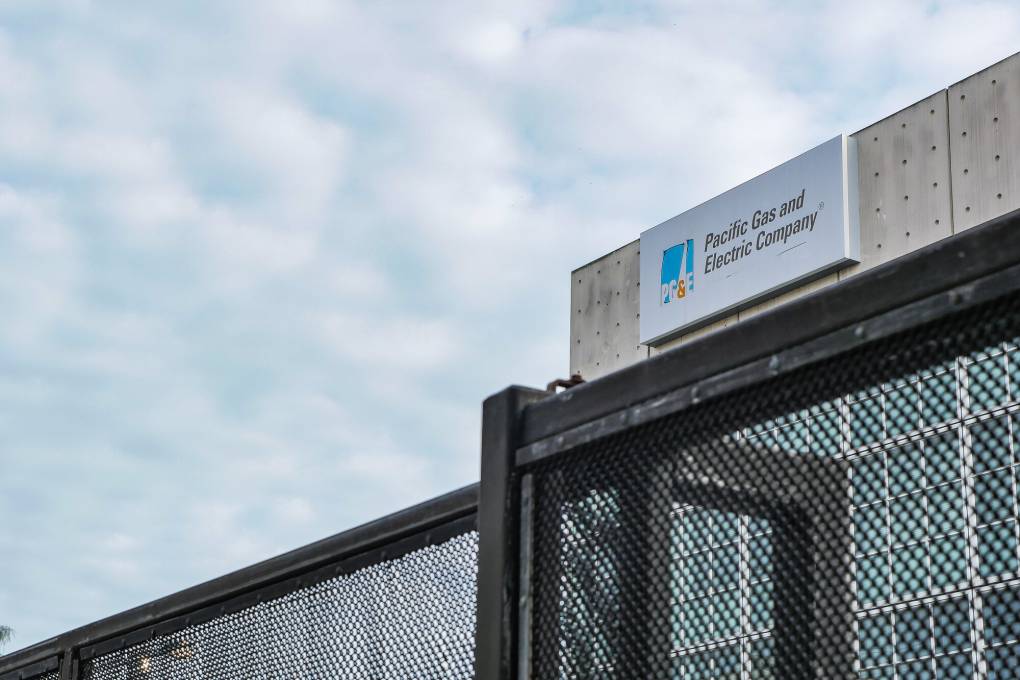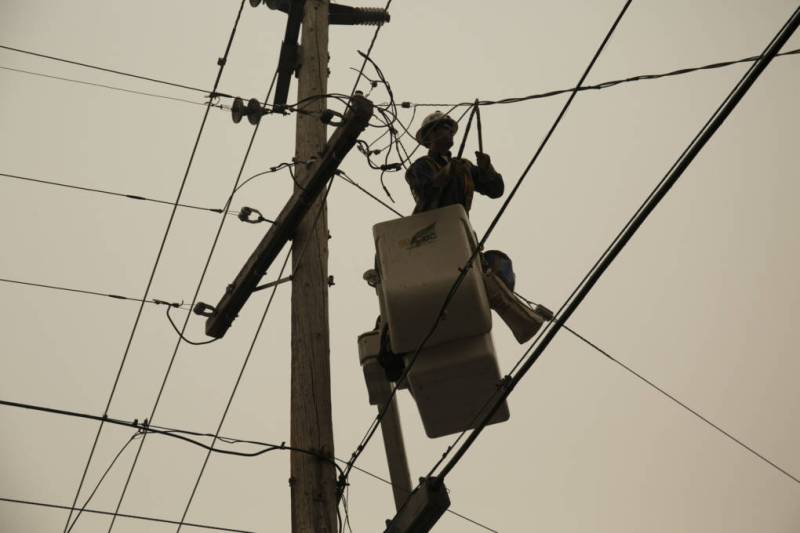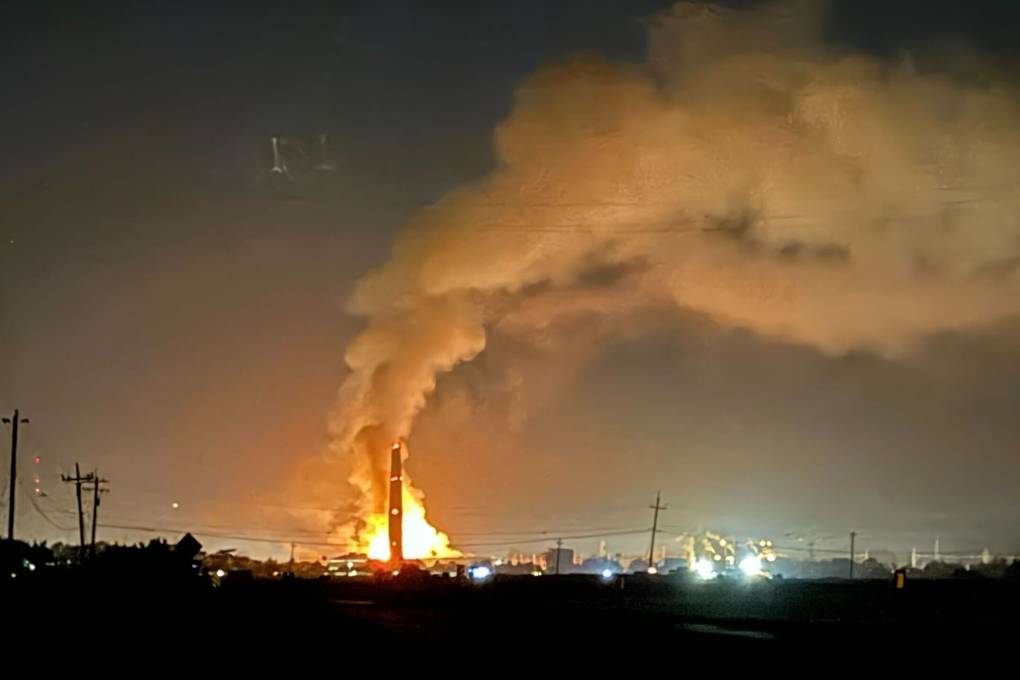The Safety Enforcement Division findings largely repeat the conclusions reached in a series of Cal Fire investigations, which determined that PG&E equipment was involved in starting as many as 18 of the blazes that broke out during hot, windy, searingly dry conditions on Oct. 8 and 9, 2017.
In most cases, the SED and Cal Fire probes found that falling trees or limbs came into contact with power lines and touched off fires.
The Safety Enforcement Division report, summarized in Thursday's commission order but not yet released publicly, says investigators found violation of CPUC regulations in 12 of the fires. The alleged infractions include:
- Failing to identify and abate dying, diseased or weakened trees and tree parts.
- Improper performance of vegetation management activities, such as trimming, removal, etc.
- Failing to perform a complete patrol of its system and according to best practices described in PG&E procedures.
- Failing to retain documents related to vegetation inspections and a work order.
- Late completion of work orders according to PG&E’s own procedures, and for PG&E’s records indicating that a work order had been completed when, in fact, the work had not been performed.
- Allowing vegetation to contact energized, bare conductors (power lines) operating at distribution voltages.
- Disposing of evidence related to a reported incident and Commission investigation.
The CPUC said its inquiry will also consider several other areas in which the SED investigation raised serious safety concerns.
Those issues include whether the utility's vegetation management program is adequate to identify and remove hazardous trees and limbs and to what extent PG&E's lack of a strategy to pre-emptively shut off power during periods of high fire danger contributed to the 2017 fires.
The commission directed PG&E to issue its initial response to the investigation within 30 days and to answer a long list of questions about its vegetation management, record-keeping and other practices in early August.
Judging by past high-profile CPUC investigations, the full proceeding could take years to complete.
The 2010 San Bruno pipeline disaster, touched off by a shoddily built and dangerously operated PG&E natural gas transmission line, prompted a series of formal CPUC inquiries in 2011 and 2012. Those investigations didn't conclude until April 2015, when the commission imposed a $1.6 billion fine against the company.



